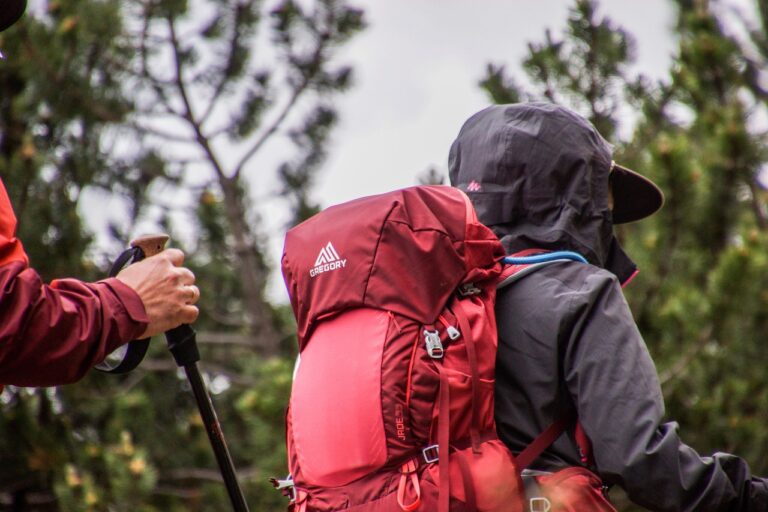
Having the wrong backpack for hiking can ruin any camping or hiking trip. You’ll be living out of your backpack in the backcountry, and it’ll be carrying everything you need for survival, so it better be up to the task.
Common Mistake
One of the most common mistakes that people new to camping and hiking make is over packing, and then looking for items to discard somewhere along the trail. Most experts will say you should not carry over 25% of your body weight, and up to 30% if you have been trained to carry a pack.
For Example, a 150-pound person should be able to carry 37.5 pounds, while a 200-pound person should be able to carry 50 pounds. You can start looking at packs now that you know how much weight you can carry.
Fill Properly
Purchasing a larger pack than you require is not a bad thing. However, keep in mind that just because you have the space does not mean you have to fill it. It is preferable to have the option so that you can add more items if necessary down the road. Leave yourself options, and you may discover that you can carry more after all after getting better conditioned.
These are only estimates; before venturing out, make sure you can handle the weight. Keep in mind that there is a difference between carrying a pack on flat even terrain and hilly uneven terrain in the wilderness.
Once loaded, the pack should securely hold the items. You don’t want a big sack banging around on your back with all your belongings squished at the bottom.
Your pack should have kidney pads and a waist belt. They will help distribute weight and keep the pack from hitting your lower back as you move.
Extra Features
Your pack should have pockets and compartments where you can secure various items so they don’t all end up at the bottom.
The pack should have some kind of internal frame system to keep its shape when packed. Once shouldered and fully packed, the pack should not extend more than a few inches beyond your body on either side.
Outer pockets are ideal for maps and water bottles that require frequent access. Straps on the outside of the pack should secure a sleeping pad and a sleeping bag. They should be placed on either the top or bottom of the backpack for hiking. However, you don’t want items stacked so high on top of the pack that they hit your head while walking.
You’ll need a pack that is waterproof or water resistant. When rafting or canoeing, few backpacks can withstand being dumped overboard and left in the water. However, expect it to keep your supplies dry during a rain or snowstorm long enough for you to put on a poncho or seek shelter.
Before purchasing, try on the backpack. Fitting your pack at an outdoor store is an option. Associates may add weight so you know how the pack feels when loaded.
In Conclusion
Because there are different sizes, it is important that the backpack for hiking fits well around the shoulders. Also, the pack does not hang below the waist to where it interferes with walking. Once loaded, adjust the shoulder straps, and a good pack will allow you to do so while carrying the pack.

